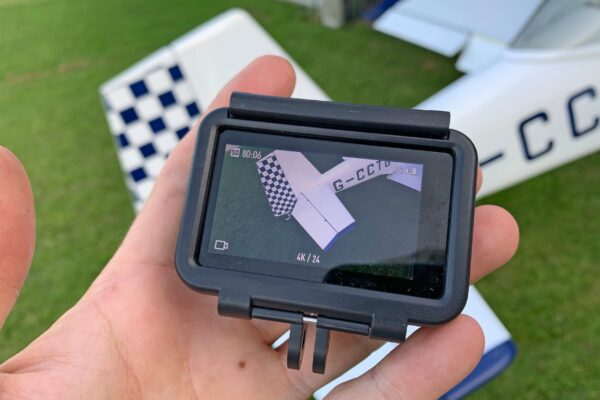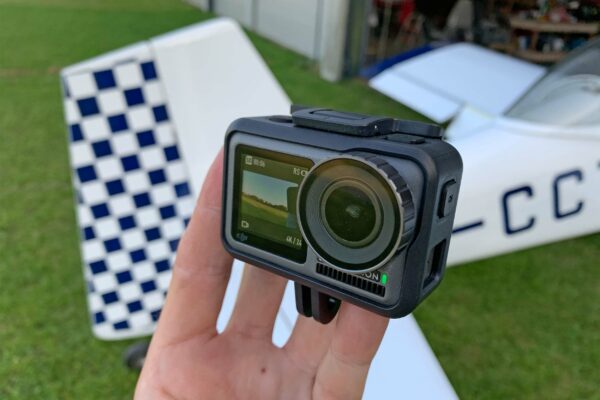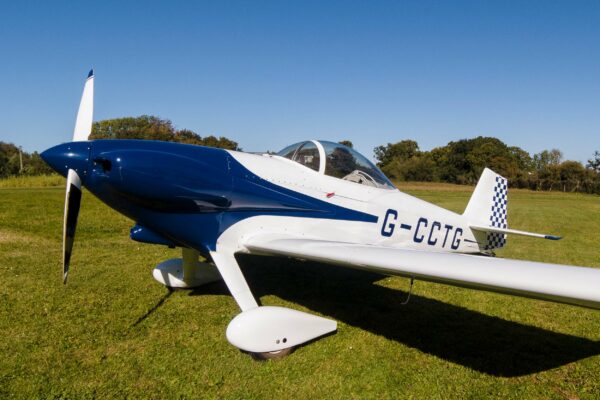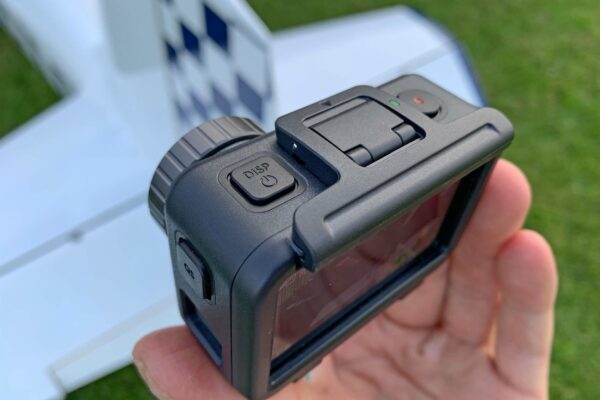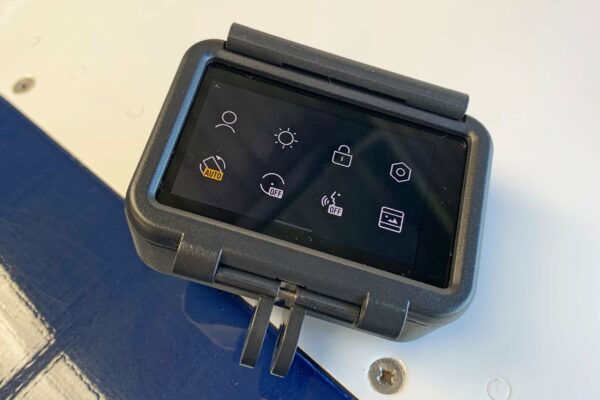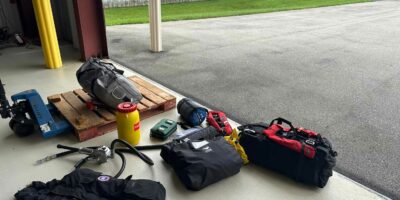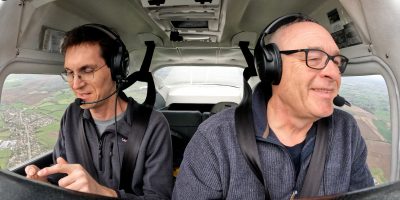Back in the April 2020 issue of FLYER, our US columnist Dave Hirschman wrote a piece in support of using tiny ‘point of view’ video cameras, and pointed out the tremendous utility in flight training. Inspired by that, I figured that while I’m in my ‘getting to know you’ phase with the RV-3, I thought it might be educational to record a bit more of my flying to see what’s going on at key points like the landing.
Like Mr I Seager of this parish, I’ve found GoPros and their fiddly buttons and menus systems, a bit tedious in the past, and while I looked into buying a Garmin VIRB Ultra 30 as it has a built-in GPS, it’s still pretty pricey and is nearly four-year-old technology. A bit of Googling suggested the Osmo Action from DJI (yes, the same manufacturer that’s famous for its consumer and professional drones), which went on sale in August 2019 was worth a look, especially as a few teething problems had been fixed, and the reviews highly rated its in-camera image stabilisation. Plus, while the RRP is £329, I shopped around and found it for nearly £100 off, with some retailers throwing in a free charging kit, which provides two extra batteries plus a USB desk charger.
Handling-wise, the Osmo Action feels like it’s well built and the actions of the buttons – there’s three around the case – have a good positive click.
There are two screens, a 1.4 inch unit on the front and a big 2.25 inch screen on the back, which are both bright and easy to see outdoors. The rear screen is also the touch interface to all of the Osmo Action’s functions, by swiping from top, bottom, left and right. Touch sensitivity is spot on and it’s no fuss to browse and select the menus. The unit is also waterproof to 11m without a special housing, so while you probably won’t choose to fly it in the rain, it should be OK if exposed to inflight moisture. A nice touch is the replaceable lens filter cap, which means it’s less than £20 to fix a scratched lens, not a total loss. That same bit of design makes it easy to add a Neutral Density filter to reduce the light let in and slow the shutter speed, helping stop that ‘banana’ propeller effect. DJI’s filter pack, four filters for £45, is next on my shopping list.
The Osmo Action has two microphones, which struggle with wind and loud noise, so if you plan to use this camera in the cockpit, you’ll need a USB-C microphone adapter from DJI’s online store, or an external audio recorder.
To get up and running, pop in the battery, which has two latches for excellent security, add a microSD memory card, and you’re good to go.
Like all modern devices, don’t forget to check you’ve got the latest firmware loaded. The DJI Mimo App allows you to do this as well as providing excellent wireless control of the camera, so that you can start and stop recordings, and change settings remotely. Click the camera into its mounting frame, and as well as fitting to its own stick-on mounts, it’s also compatible with the same mount system as GoPro, giving access to a huge array of third-party cockpit and airframe mounts. As always, pay attention to safety and legality when mounting cameras anywhere on an aircraft…



